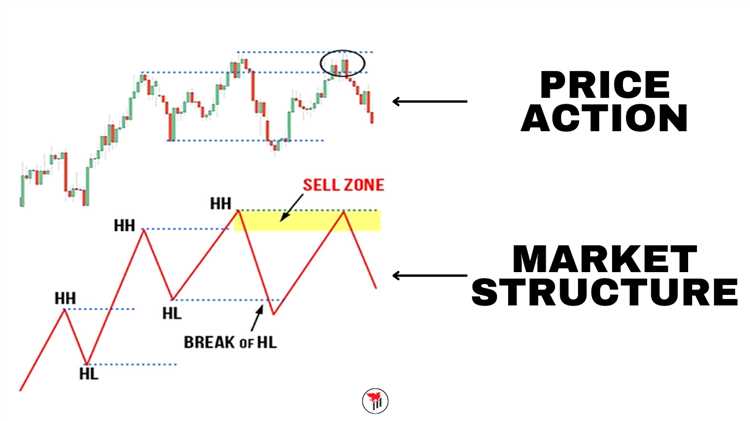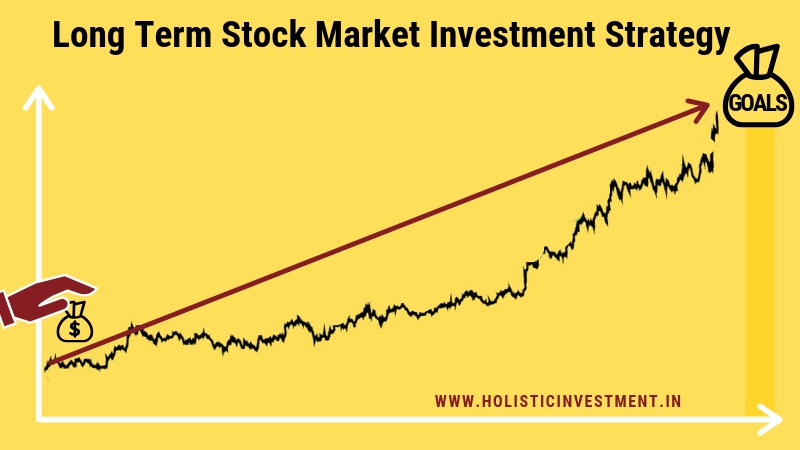The stock market has long been the base for building prosperity. From multinational companies to individual traders, millions of people count on it to grow estate assets in addition to achieve make more money. But success in stock trading doesn’t discover luck—it demands knowledge, arranging, and discipline.
This comprehensive guide is exploring the most powerful stock market strategies for both beginners and more advanced traders. It stresses technical analysis, risk management, in addition to actionable techniques many of these as swing buying and selling, day trading, and trend-following. You'll learn how to read charts, employ technical indicators, evaluate price movements, and even execute stock trading with confidence.
a single. Learning the Basics of the Currency markets
Before diving into advanced trading strategies, it’s crucial to know how the stock market works.
Exactly what inventory?
A stock symbolizes ownership in a company. When a person buy a share, you purchase a compact piece of of which business.
What is usually the stock market?
The particular stock market is actually a market place where stocks usually are bought and sold through exchanges like the NYSE plus NASDAQ.
Why perform stock prices transformation?
Stock prices modify based on offer and demand, influenced by news, earnings reports, economic indicators, and investor belief.
Understanding these stock market basics is necessary before using any kind of investment strategy.
a couple of. The Power of Technical Analysis
Technical analysis entails studying historical value data and volume level trends to predict future price motions. It’s one involving the most popular methods in stock trading.
Popular technical tools:
Moving Averages (MA) – Help discover the direction of the trend.
MACD – Signals momentum and even trend reversals.
RSI (Relative Strength Index) – Indicates overbought or oversold circumstances.
Bollinger Bands – Measure market volatility.
Fibonacci Retracement – Helps identify potential pullback levels.
Knowing these tools increases your technical trading strategy.
3. Recognizing Chart Patterns
Chart patterns are visual representations of price moves that help predict future trends.
Normal chart patterns:
Brain and Shoulders – Indicates a craze reversal.

Double Top/Bottom – Shows support or resistance.
Triangles – Often signal a continuation associated with the current trend.
Flags and Pennants – Mark immediate consolidation before the breakout.
These patterns are essential in order to building a prosperous chart analysis method.
4. Multi-Timeframe Research
Multi-timeframe analysis entails using multiple data intervals (e. grams., monthly, weekly, daily) to validate styles and refine entries.
Monthly/Weekly charts – Show long-term market direction.
Daily graphs – Highlight swing trade opportunities.
Intraday charts – Greatest for day trading investing setups.
This layered method helps eliminate phony signals and boosts trade accuracy.
5 various. Understanding Volume in Trading
Volume exhibits how many shares are traded within a given time plus helps confirm the particular strength of the tendency.
Volume indicators:
On-Balance Volume (OBV) – Measures buying/selling pressure.
Volume Moving Regular – Smooths spikes to show correct interest.
Accumulation/Distribution Line – Detects institutional activity.
High volume with price movement confirms a strong market trend.
six. Swing Trading vs. Daytrading
Both will be popular short-term buying and selling strategies with diverse styles:
Swing Buying and selling:
Holds trades with regard to 1–10 days
Makes use of chart patterns in addition to technical indicators
Suitable for people who have restricted screen period
Day Trading:
Closes positions within the similar time
Focuses about intraday unpredictability
Requires speed, focus, plus real-time evaluation
The two rely on being familiar with support and resistance and using tools like RSI in addition to MACD.
7. Large Trading and Impetus Approach
These strategies aim for quick income through rapid marketplace movements.
Breakout Trading:
Enters on value breakout from some sort of consolidation sector
Concurs with using strong volume
Uses stop-loss just below breakout stage
Momentum Trading:
Focuses on stocks with sturdy price action

Uses RSI, stochastic oscillators, and even volume scanners
Well suited for traders chasing pre-market movers
8. Perfecting Risk Management
Zero strategy succeeds without solid risk manage.
Risk rules:
Risk only 1–2% per business
Maintain a new minimum 1: a couple of risk-to-reward percentage
Make use of stop-loss orders consistently
Avoid revenge investing
Protecting capital is definitely more important than chasing big wins.
9. The Function of Trading Psychology
Your mindset are essential in long-term buying and selling success.
Discipline – Stick to the trading psychology prepare
Persistence – Wait for quality setups
Confidence – Trust your technical analysis
Resilience – Learn from losses with out overreacting
Keeping a new trading journal assists improve your mental control and uniformity.
10. Combining Technical and Fundamental Evaluation
Combining both examination methods enhances your current overall trading results.
Use fundamentals (e. g., earnings, income, debt) to uncover solid stocks
Use technical indicators to period your entries and exits
This cross types approach is perfect for long lasting investors and job traders.
11. Top Technical Indicators for Stock Traders
Indicator Purpose
MACD Trend and impetus analysis
RSI Identifies overbought/oversold
Bollinger Bands Measures unpredictability
Volume Profile Shows large activity price levels
Fibonacci Retracement Predicts pullback levels
Use these kinds of in combination to be able to improve technical strategy performance.
12. Building Your Own Trading Technique
Your trading system should line-up together with your schedule, capital, and risk tolerance.
Trading strategy design template:
Market filter: Simply trade stocks along with high volume in addition to liquidity
Setup requirements: Define your perfect trade pattern or even indicator indicators
Entry trigger: What concurs with your buy or sell actions
Stop-loss rule: Defends against large loss
Exit plan: Arranged a profit target or trailing halt
Always test your current system using a demo account first.
tough luck. Using Stock Screeners to Find Investments
Stock screeners help save time by filtering thousands of tickers.
Top free screeners:
Finviz – Ideal for technical designs
TradingView – Timely scans and notifications
Yahoo Finance – Great for filtering by fundamentals
Illustration filters:
Volume > 1 zillion
Price > $5
RSI < 30 (oversold setup)
14. How you can Track Your Investments and Performance
Hold a trade journal with:
Entry and exit points
Strategy used
Profit or even loss
Screenshots of setup charts
Take a look at trades weekly to uncover winning patterns and improve your results.
15. Final Feelings: From Theory to be able to Execution
Success within the stock market is not about predicting—it’s concerning preparing. By making use of proven stock trading methods, staying disciplined, and adapting to industry conditions, you give yourself the best chance to build sustainable wealth.
Key reminders:
Constantly trade with a prepare
Let data show you, not emotion
Training and improve regularly
Prioritize risk management
